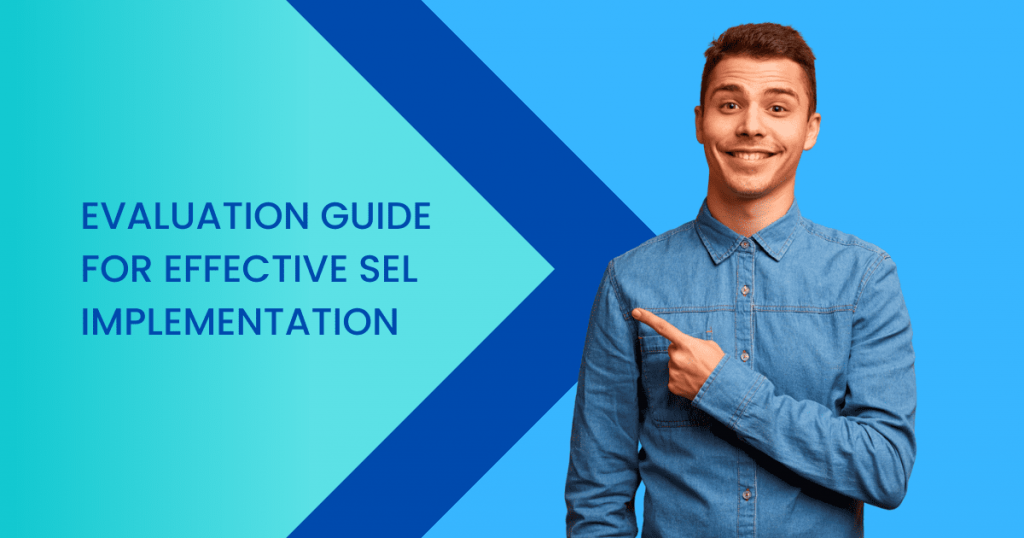Executive Summary: Evaluation Guide for Effective SEL implementation

Overview
Palo aims to spark every child’s zest for life by providing a bite-size and hyper-relevant social-emotional learning (SEL) to middle schools. Covid-19 separated students from their social lives in school for almost two years. With the internet, students could learn remotely, but meeting and hanging out with friends was not the same. In 2020, many people thought that going back to school and returning to “normal” would be seamless and quick. However, although school learning continued, the isolation caused by Covid-19 held back social-emotional learning for two years. After extensive research and discussions with more than 30 schools and more than 50 counselors, we learned the critical role of SEL at this desperate time, and more importantly, that the current SEL needs a total makeover.
We conclude with six challenges that schools face in their SEL implementation, and provide an evaluation guide for identifying the right SEL for each school.
Problems
After the Covid-19 pandemic, students were more vulnerable to adverse emotional and mental health issues, and the interest in Social Emotional Learning (SEL) for young students increased. Research shows that the benefits of SEL for youth include better academic performance, improved classroom behaviors, stronger resilience to difficult experiences, and better teacher-student relationships. Long-term benefits of SEL include stronger social-emotional assets and higher levels of well-being in adulthood.
Despite the promising benefits of SEL, schools face six challenges in implementing it:
- Lack of resources for teacher-facilitated SEL
- Lack of measures for Successful SEL
- School’s Need for SEL partners, not vendors
- Inadequate Budget
- Administration turmoil after Covid-19
- Little consideration for stakeholders
Implementation Consideration
The implementation of an SEL program can be challenging, but addressing the six challenges mentioned earlier can lead to successful outcomes. Our research presents an SEL evaluation guide to help leaders evaluate different SEL programs based on four key attributes:
The SEL evaluation guide by our research considers four attributes that promise a successful implementation:
- Stakeholder Buy-In and Competencies: This refers to the level of commitment and involvement of all stakeholders affected by the implementation of SEL. Ensuring that all stakeholders are on board and have the necessary skills and competencies is crucial for the success of the program.
- Framework Integration: An effective SEL program not only teaches social-emotional skills, but also equips students with life skills that can lead to more positive outcomes and an increase in overall well-being.
- Learning Design with an Approach to Skill Development: The learning design of an SEL program should be tailored to the developmental stages and interests of the students, taking into account the specific age group.
- Effective Use of Media: In the modern age, the use of media can be a powerful tool for learning. An SEL program should make effective use of media to enhance the learning experience.
Key to Success Implementation
As more and more schools are seeing the positive effects of successful SEL implementation, school leaders are increasingly looking for ways to make SEL work in their schools. However, poorly implemented SEL can burden teachers with additional responsibilities and students with boring and irrelevant learning materials, leading to decreased teacher morale and student interest.
An effective SEL implementation must consider the needs and perspectives of all stakeholders and address the six challenges mentioned earlier. Our evaluation guide can help schools assess different SEL programs based on their key attributes and elements you may see in a DEMO. However, some schools and stakeholders may have specific considerations that are particularly important to them. In that case, they should focus more on their specific needs when evaluating an SEL program.
To start looking for an SEL program that will work for your school, download the instruction guide and evaluation guide.
Case Study: Character Strong vs Second Step vs Palo
In our whitepaper, we evaluate three SEL programs: Character Strong, Second Step, and Palo. Character Strong does not include an Equity, Diversity, and Inclusion framework and has limited incorporation of students’ developmental stages and interests in the curriculum. Second Step does not provide a post-assessment to measure the outcomes of SEL implementation, and offers little support for implementation beyond an eLearning platform.
Palo meets most of the evaluation attributes, but does not provide SEL for adult stakeholders. However, it does offer support materials such as newsletters and toolkits for teachers to infuse SEL into their classrooms, while Palo does most of the teaching. According to Palo’s website, Palo emphasizes SEL integration and creates minimal disruption to the bell schedule and classroom time.


